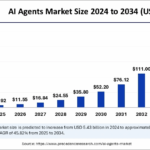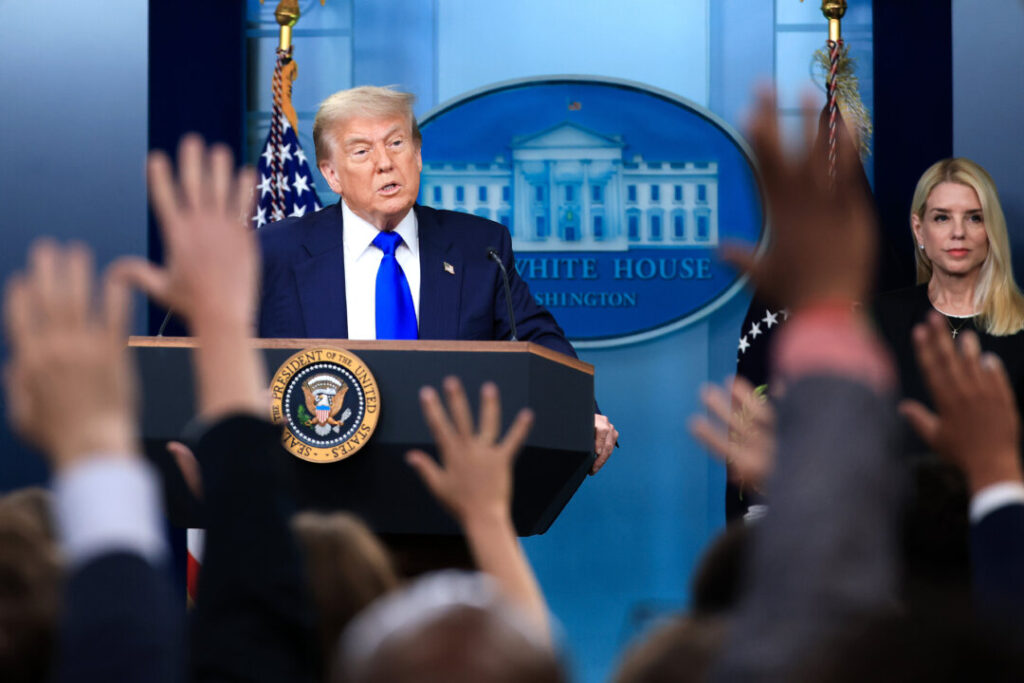The United States and Vietnam have reached a new trade agreement, President Donald Trump confirmed on July 2. “I just made a trade deal with Vietnam. Details to follow!” Trump announced in a post on Truth Social. This development comes as part of a broader strategy to strengthen economic ties in the Asia-Pacific region.
According to White House officials, the agreement is expected to pave the way for a series of trade deals leading up to the July 9 deadline for the president’s reciprocal tariffs. The announcement marks a significant step in the administration’s efforts to recalibrate trade dynamics with key Asian partners.
Background and Context
The trade agreement with Vietnam is a continuation of the United States’ strategic pivot towards Asia, a policy trajectory that began under previous administrations. Vietnam, a rapidly growing economy in Southeast Asia, has been a focal point for U.S. trade interests due to its strategic location and burgeoning market potential.
Historically, Vietnam has been one of the fastest-growing economies in the region, with a GDP growth rate that has consistently outpaced many of its neighbors. The country is a member of several international trade agreements, including the Comprehensive and Progressive Agreement for Trans-Pacific Partnership (CPTPP), which the U.S. exited in 2017.
Implications of the Trade Agreement
The new trade deal is expected to enhance bilateral trade, which has seen significant growth over the past decade. As of 2022, the United States was Vietnam’s largest export market, with goods and services trade totaling over $90 billion. This agreement is likely to further increase these figures, benefiting sectors such as technology, agriculture, and manufacturing.
In 2022, Vietnam’s exports to the U.S. were valued at $108 billion, while imports from the U.S. stood at $14.5 billion.
Experts suggest that the deal could also serve as a counterbalance to China’s growing influence in the region. Dr. Emily Tran, a Southeast Asia trade analyst, noted, “This agreement not only strengthens U.S.-Vietnam economic ties but also signals a strategic move to diversify supply chains away from China.”
Expert Opinions and Analysis
The trade agreement has garnered mixed reactions from economic analysts. Some praise the move as a necessary step to solidify U.S. presence in Asia, while others caution about potential repercussions. Critics argue that the focus on bilateral agreements might undermine multilateral trade frameworks, which have traditionally been the bedrock of global trade.
Michael Harrington, an international trade expert, commented, “While bilateral deals can be beneficial, they should not come at the expense of broader multilateral agreements that ensure a level playing field for all.”
Meanwhile, U.S. businesses with interests in Vietnam have expressed optimism about the deal. The American Chamber of Commerce in Vietnam released a statement welcoming the agreement, highlighting its potential to create new opportunities for American companies in the Vietnamese market.
Looking Ahead
As the July 9 deadline approaches, further announcements of trade agreements are anticipated, reflecting the administration’s proactive approach to international trade. The focus will likely remain on enhancing economic partnerships in the Asia-Pacific region, with Vietnam playing a pivotal role in these efforts.
The success of these initiatives will be closely monitored by both domestic and international stakeholders, as they could significantly influence global trade patterns and geopolitical dynamics.
In conclusion, the U.S.-Vietnam trade agreement represents a strategic maneuver in the complex landscape of international trade. As details of the agreement unfold, its impact on the global economy and regional alliances will become clearer, offering insights into the future direction of U.S. trade policy.
 AI Agents Market Poised for $236 Billion Growth by 2034 Driven by ML and NLP
AI Agents Market Poised for $236 Billion Growth by 2034 Driven by ML and NLP U.S. Oil Prices Drop as Crude and Gasoline Inventories Surge
U.S. Oil Prices Drop as Crude and Gasoline Inventories Surge Trailways Ranks Among Top 3 U.S. Bus Services in USA Today Awards
Trailways Ranks Among Top 3 U.S. Bus Services in USA Today Awards Commercial Banking Transforms with Data-Driven Innovations
Commercial Banking Transforms with Data-Driven Innovations Mattamy Homes Celebrated as Top Workplace in Central Florida for Fifth Year
Mattamy Homes Celebrated as Top Workplace in Central Florida for Fifth Year